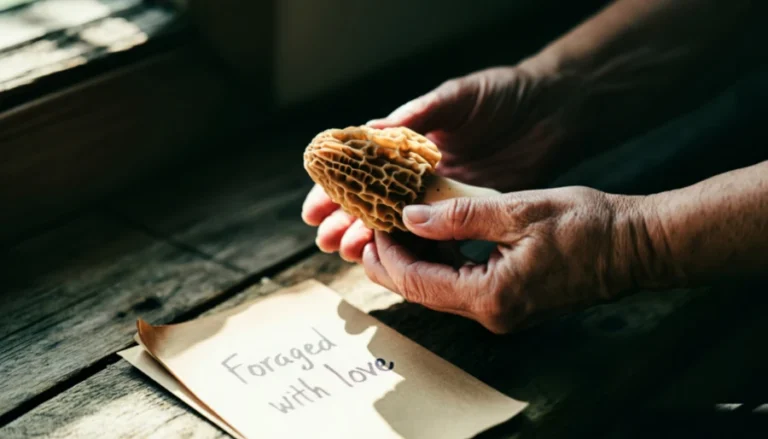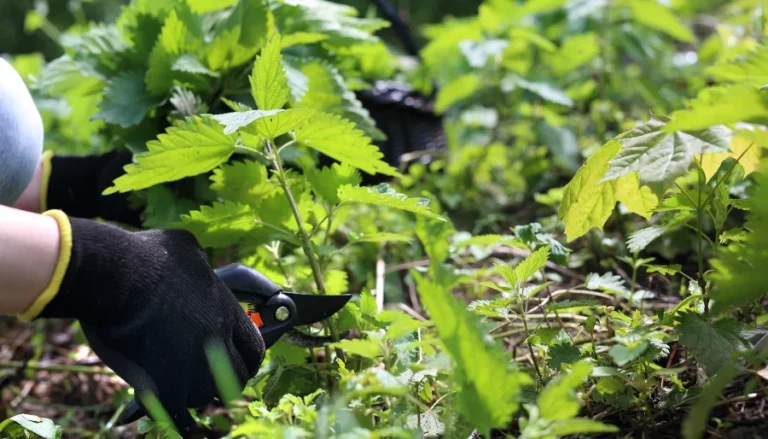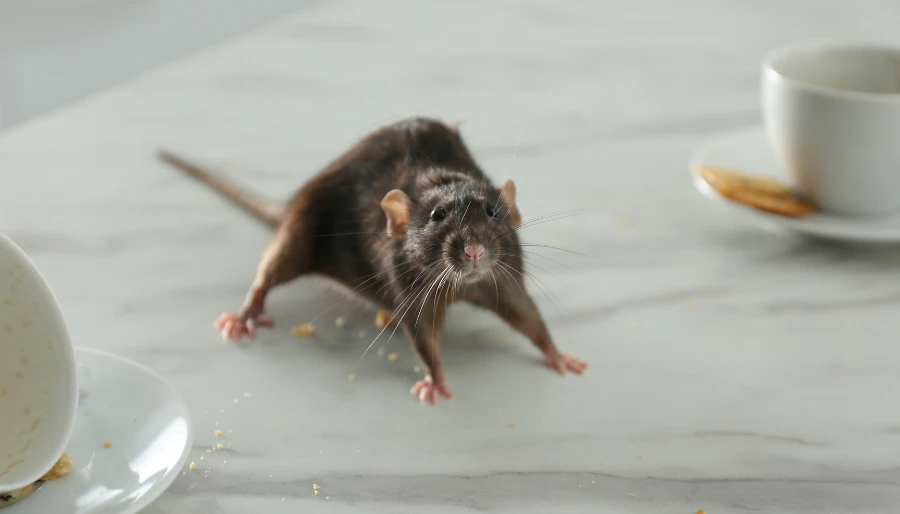Decorative glitter, a staple in holiday decorations and arts and crafts, recently faced a significant setback. In a surprising move, the European Union has officially banned it. This decision has led to a rush in Germany, with shoppers stockpiling decorative glitter before it disappears from shelves.
The ban comes with a critical environmental reason: glitter is a form of plastic. Unlike organic materials, plastic doesn’t degrade easily. This means the glitter used in Christmas decorations or arts and crafts years ago still exists in some form today. It could be hiding in your carpet fibers, stuck in your keyboard, or even ingested by you or your pets. Worse still, it likely has made its way into oceans, contributing to the growing problem of microplastic pollution.
Glitter, with its shimmer and sparkle, is more than just a decorative item. It is a microplastic, and its widespread use has far-reaching consequences. Despite its seemingly harmless appearance, glitter poses significant environmental threats. Here are five reasons to reconsider its use:
1. Glitter Can’t Be Recycled
Glitter’s non-biodegradable nature turns recyclable items into waste. For instance, glitter on wrapping paper or Christmas cards makes them unsuitable for recycling. Many UK councils have issued warnings about festive waste, advising residents against placing glittery items in recycling bins. These items can contaminate entire recycling loads, leading to uncollected recycling bins at your doorstep.
Furthermore, even eco-friendly alternatives like biodegradable glitter don’t solve the problem. Recycling facilities can’t distinguish between traditional and sustainable glitter, rendering the latter just as problematic. Consequently, these items are often better off in general waste. What’s more, even so-called “eco-glitter” is suspected of causing harm to oceans, much like traditional glitter.
2. Fish Can’t Eat Glitter, But They Don’t Know That
Glitter doesn’t just end up on land. Much of it finds its way into waterways, and eventually, the ocean. Marine animals often confuse these tiny, shiny particles for food. This mistake isn’t just a minor mishap; it has severe consequences. Studies have shown that ingesting glitter can drastically affect marine life, from reducing oysters’ reproduction rates to making fish lethargic and more vulnerable to predators. This means they struggle to survive and thrive in their natural habitat.
3. Glitter Can Hurt Us As Well
The issue with microplastics extends beyond marine life; it’s a human health concern too. A staggering statistic suggests that humans could be ingesting or inhaling over 100,000 bits of plastic daily. Eliminating plastic glitter from our lives cuts down one source of these pervasive microplastics.
The production of glitter involves plastics like PET or PVC, coated with synthetic materials to create that signature sparkle. However, the materials used in glitter’s production aren’t just detrimental to the environment; they also pose risks to human health. This raises concerns about the widespread use of glitter in everyday products, especially those that could lead to direct ingestion or inhalation of these harmful substances.

4. Glitter Puts Microplastics in the Food Chain
The journey of microplastics, including glitter, doesn’t stop at the ocean. They find their way into our food. Plankton, fish, shellfish, and seabirds ingest these plastics, which then travel up the food chain, ultimately landing on our dinner plates. Microplastics aren’t just physical pollutants; they attract other toxins, adding another layer of contamination to the marine and eventually human food chain.
5. The Danger of Glitter's Size
Glitter, tiny and widespread, poses a unique threat among microplastics. Its small size makes it more likely to spread and contaminate our environment – soil, air, water, and food. It’s not just about being small; its accessibility and pervasiveness make it a significant polluter. Washing glitter down the drain only ensures its journey to the ocean. A recent study highlighted the alarming fact that even tiny amounts of glitter can hinder the growth of crucial organisms in water and soil ecosystems.
While the EU has taken steps to ban glitter, its availability in the UK remains unchanged. However, some UK retailers, like Morrisons, have taken the initiative to go glitter-free, a commendable move in the right direction.
More To Discover
- Lasers Can Transform Poultry Farming for Better Chicken Health, Welfare, And Flavor
- The Hidden Giants Behind Vegan Brands Are The Meat And Dairy Industry Heavyweights
- Green Burial Movement: How Composting is Changing Our Approach to Death
- Concerns Rise Over Possible Link Between Whale Deaths and Offshore Wind Farms; Facebook Faces Backlash Over Censorship
Conclusion: Every Small Step Counts
The fight against microplastic pollution, including glitter, is multifaceted and complex. While banning glitter won’t single-handedly solve the climate crisis or halt species extinction, it’s an important step in the larger battle to protect our planet. Every action, no matter how small, contributes to a larger movement towards environmental preservation. Banning glitter may seem minor, but it’s part of a broader initiative to reduce microplastic pollution, safeguard marine life, and protect human health. In the grand scheme of things, each small step we take is a leap towards a cleaner, healthier planet.




















